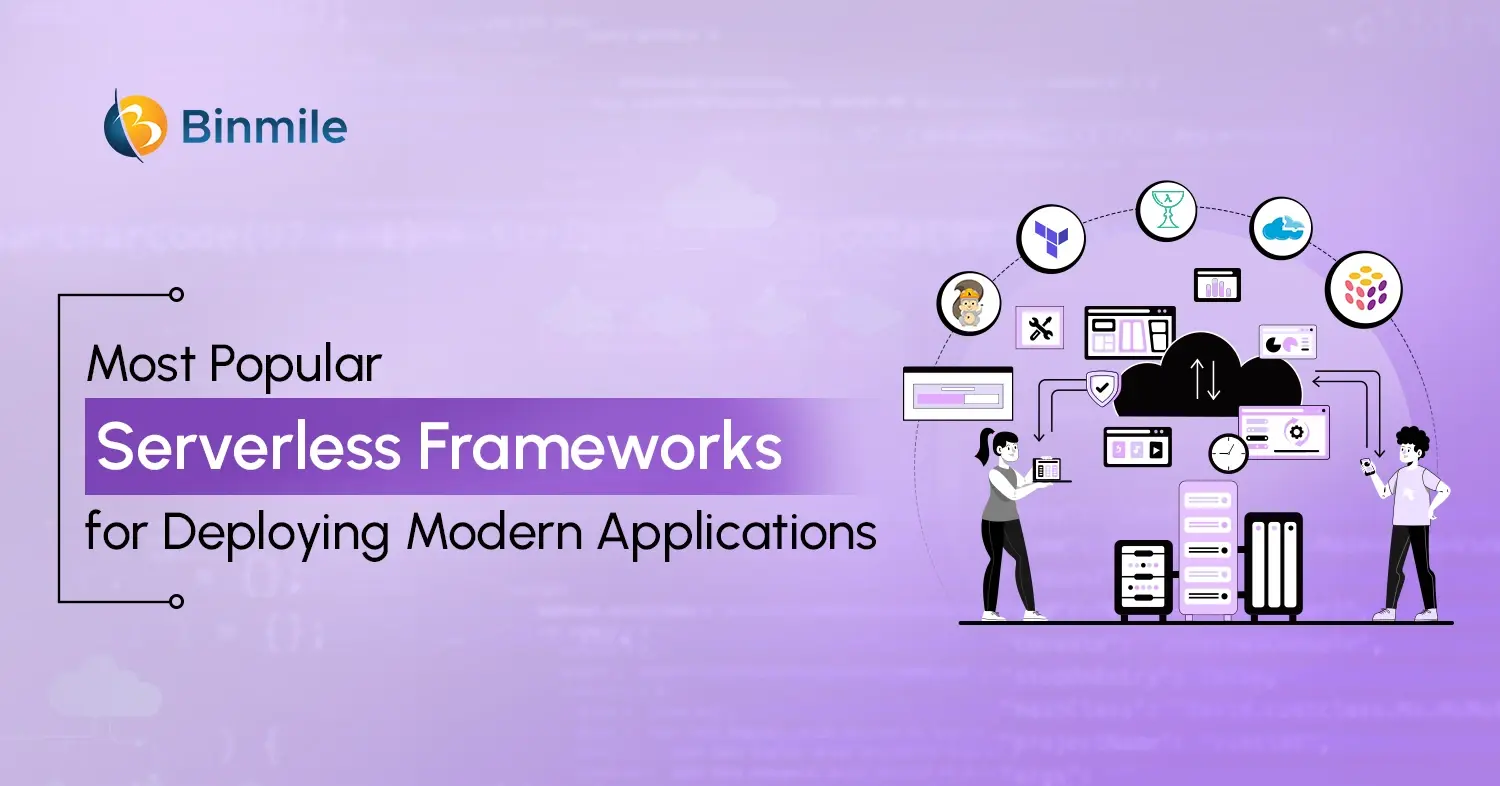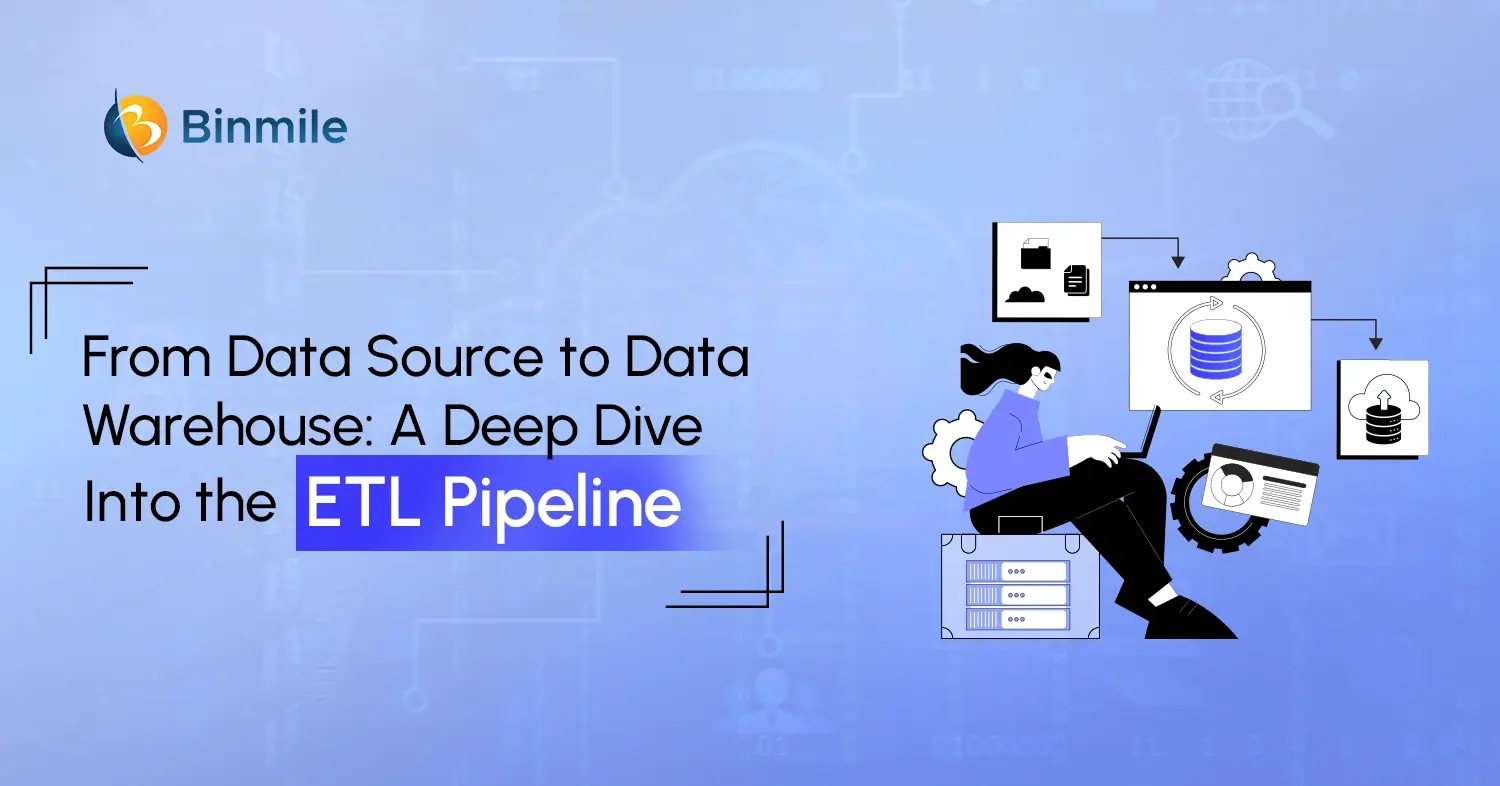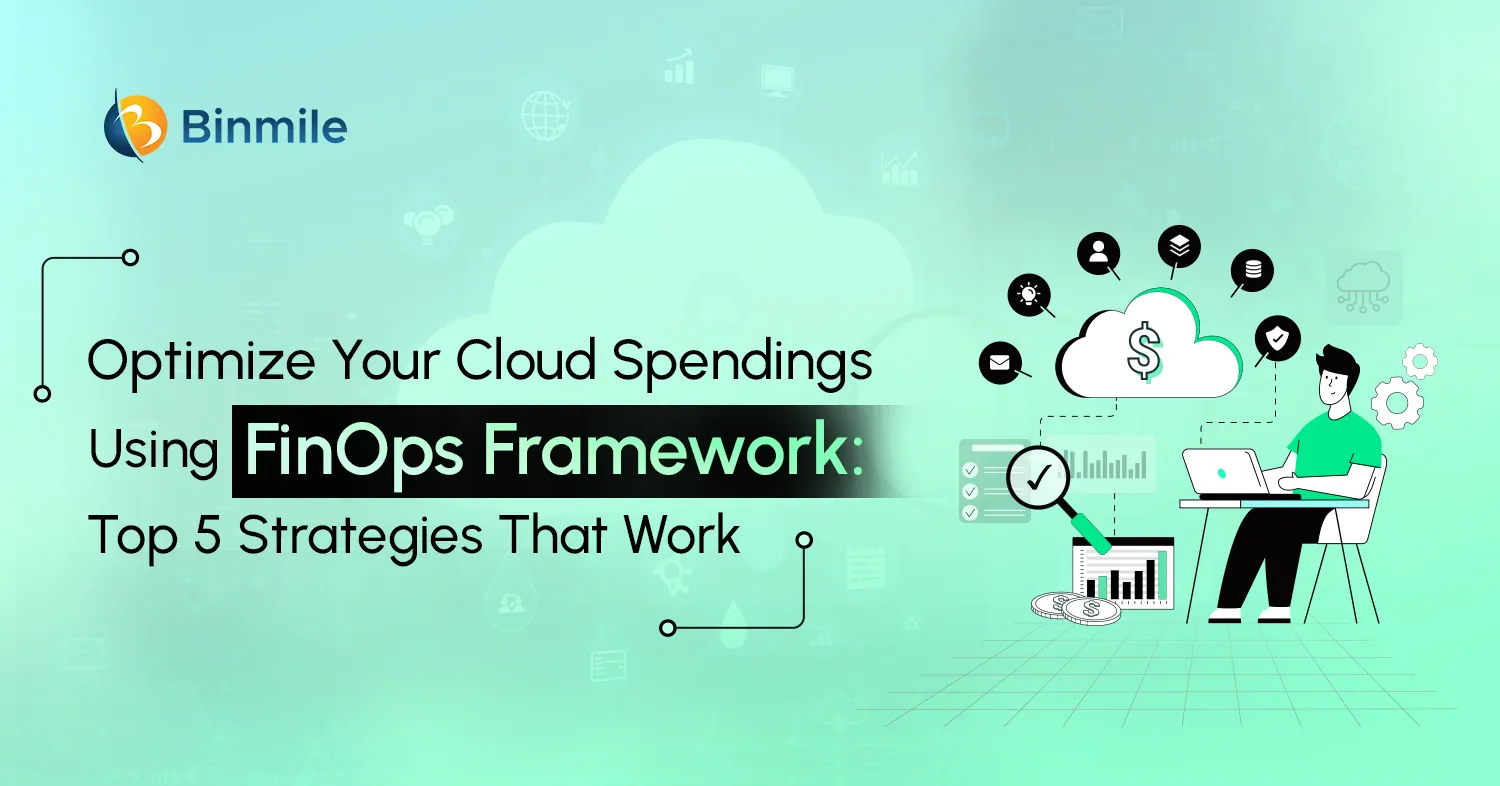Today’s digital age is driven by data generation, however, as the data volumes surge, so do the costs associated with storing and processing it. Cloud computing and edge computing are proving to be a cornerstone for handling this data deluge, offering scalable and cost-effective solutions. However, the relentless expansion of data continues to push the boundaries of cloud economics. Thus, digital entrepreneurs seek ways to seamlessly process and handle real-time data. Of course, edge computing and cloud computing are two effective methods that enable them in the endeavor and have their unique benefits, helping companies bring out the most out of their digital infrastructure.
While cloud computing offers scalable, flexible solutions for data storage and processing, edge computing brings real-time data processing closer to the source. But which is better: edge computing vs cloud computing for your cloud infrastructure? This blog will help you find the difference between these two cloud technologies. Additionally, it’ll also explore how the integration of these two can reshape the economics of data and drive innovation.
Edge Computing vs Cloud Computing: Which is Best for Your Business in 2024?
Modern cloud environment is primarily led by two major keys: speed and reliability and with centralized data analysis, a faster bandwidth connection, access of data is faster. Moreover, speed and accuracy are the need of the hour as the collection of data from the organization’s environment is continuous and centralized. Therefore, edge cloud services complement cloud computing by bringing the cloud services close to end-user devices for data-intensive applications requiring fast roundtrip response time that can’t be guaranteed by a cloud computing service centralized in a geographic region. So the question is which is better: edge computing vs cloud computing?
Before we understand the differences let’s first understand each computing platform, its benefits, and key features.
What is Cloud Computing

According to AWS, cloud computing “is an on-demand delivery of IT resources over the Internet with pay-as-you-go pricing.” So, rather than buying, owning, and maintaining a physical data center or server, businesses can access technology services, such as computing power, storage, and databases, on an as-needed basis from a cloud provider. Some popular cloud service providers are Azure, Amazon Web Services (AWS), and Google Cloud.
According to a Harvard Business Review report, “83% of respondents say that the cloud is very or extremely important to their organization’s future strategy and growth.”
Here’s why enterprises have implemented cloud infrastructure:
- Adopting cloud computing lowers the capital expense of buying hardware, software, IT management, and round-the-clock electricity for power and cooling.
- It allows organizations to only pay for computing resources used, so gives them more control over costs and fewer surprises.
- With access to experts who manage the complexities that come with managing or maintaining their cloud environment, thus allowing them to focus on their business’s core needs.
- Data backup, disaster recovery, and business continuity are easier and less expensive because data can be mirrored at multiple redundant sites on the cloud provider’s network.
- Enterprises don’t have to lose time configuring private servers and networks as they can deploy applications in a fraction of the time and get to market sooner.
Also Read : Benefits of cloud computing in fintech.
What is Edge Computing?

Edge cloud services are a distributed computing framework that brings enterprise applications closer to data sources such as IoT devices or local edge servers. Under the network, the data is either processed by connected devices themselves or onsite computing on the edge.
Here’s why enterprises have implemented edge infrastructure:
- It eliminates or reduces data travel which accelerates insights for use cases with complex AI models that require low latency.
- It offers high accuracy to AI models with its real-time response especially when deployed at the edge, data feedback loops can be used to improve AI model accuracy and multiple models can be run simultaneously.
- Edge computing can process data locally, without the need for internet access. This widens its range of computing to previously inaccessible or remote locations.
- It allows organizations to keep all of their sensitive data and compute inside the local area network and company firewall, offering robust security, and better compliance with strict and ever-changing data laws.
A Comprehensive Comparison for Enterprises Between Edge Computing vs Cloud Computing

Both edge computing and cloud computing have distinct features, so let’s understand some major differences when looking at where to deploy different workloads.
1. Location of Computing Resources:
- Edge Computing: Resources and processing occur closer to the data source, often on devices like IoT sensors or at the network’s edge, thus minimizing data travel distance and enabling real-time processing.
- Cloud Computing: Resources reside in centralized data centers, potentially far from the data source, allowing for economies of scale and access to vast computing power.
2. Latency:
- Edge Computing: It offers significantly lower latency because data processing happens close to the source, so it provides immediate responses when a user takes an action on a network or web application and when it reaches its destination.
- Cloud Computing: May experience higher latency due to the physical distance between the data source and the centralized cloud data centers.
3. Bandwidth Usage:
- Edge Computing: It reduces bandwidth consumption by processing data locally and since only relevant or aggregated data needs to be sent to the cloud, it minimizes network traffic.
- Cloud Computing: It leads to higher bandwidth usage as raw data must travel back and forth between the source and the cloud data center, potentially causing network bottlenecks.
4. Scalability and Flexibility:
- Edge Computing: Scaling can be more challenging due to the need to deploy additional hardware at various edge locations.
- Cloud Computing: Resources can be easily scaled up or down on-demand without hardware adjustments, therefore offering greater scalability and flexibility.
5. Security and Privacy:
- Edge Computing: It offers robust security and privacy by processing sensitive data locally, reducing the need to transmit it over potentially insecure networks. However, securing multiple edge locations can be complex.
- Cloud Computing: While cloud providers implement strong security measures, the transmission and storage of data in centralized locations can pose security and privacy challenges, especially if data travels across multiple networks.
So, if you want the answer to the debate of edge computing and cloud computing: which is better? Then the answer is both have their benefits and limitations. Computing on the edge is ideal for applications demanding immediate responses and low latency, while cloud computing is well-suited for large-scale data processing, storage, and applications that can tolerate some latency. However, the best way to go about managing your IT infrastructure is to leverage a hybrid approach to optimize your IT infrastructure.
Explore how Binmile helped an Indonesian trading platform launch a mobile app.

7 Ways to Implement Edge Computing and Cloud Computing to Enhance Your Cloud Architecture
Here are a few important considerations when you decide to adopt a hybrid cloud strategy::
1: Define Clear Business Objectives
Set up your organization’s objectives of transitioning towards a hybrid cloud solution or adopting edge computing and cloud computing together. Focus on issues like cost control, system integration, business expansion, and improved customer satisfaction. To make these objectives more tangible one should associate them with particular business results that would help measure the effectiveness of the objectives in practice.
2: Assess Your IT Landscape
Assess the opportunities for simplifying the integration of cloud, edge, or hybrid solutions into your current- IT ecosystem, applications, and data landscape. Based on various criteria such as latency, data volume, security requirements, and the cost and benefit analysis to decide on the suitable workload submissions. This also helps you identify the best cloud strategy and begin taking steps to implement your plan.
3: Select Optimal Technology Partners
The selection of cloud and edge computing providers is very important; making sure you pick the right cloud providers has become critical to long-term success. You need a defined selection and procurement process appropriately weighted toward your unique set of needs. We recommend you assess the cloud services provider on these: security, the ability to scale up, cost, and ways they integrate into your environment.
4: Architect Your Hybrid Environment
Create an architecture that smoothly links the cloud, edge, and on-premises platforms that should be flexible and easy to scale up. Optimize workload placement, considering factors like latency, security, data location, data backup and retrieval, and network connection that should be considered. Make sure that architecture will correspond to the processing of real-time data, and data analysis and also will provide high flexibility to applications.
5: Implement a Phased Transition
Lack of disruptions and risks is another factor to consider when migrating to various systems, therefore go for a gradual migration approach. You can do this by delegating tasks as per the criticality level, which is a measure of the impact on the business and the difficulty of completion. Migrate data and develop a strong test plan along with incorporating user training in the migration process.
6: Fortify Your Security Posture
Secure your data from threats that may exist in your hybrid environment. Emphasize the publication of access control policies, as well as encryption and DLP policies, also comply with the standard of the industry as well as adhere to the privacy of data. Take proactive actions to detect and fix low-priority issues, and send alerts for critical threats. Doing so, helps your organization reduce the risk of breaches and improve regulatory compliance.
7: Optimize and Manage Your Hybrid Cloud
Create effective follow-up and control mechanisms to enhance productivity, increase efficiency, and locate possible areas of cost reduction and new issues. Automate processes with input and output and include analytics in decision-making processes. To optimize the use of hybrid cloud solutions, it is advisable to always assess one’s hybrid cloud solution to the dynamics of the business and technological innovations.
Transform digitally with our cloud migration and development services.

Closing Statement
Without a doubt, cloud technology has transformed old business processes and methods of customer interaction and created innovations within the digital business culture. As businesses continue their quest for full digitalization of their operations, the cloud is at the center. Adding to this cloud digital transformation are two major drivers: edge computing and cloud computing, and the convergence of these two marks a pivotal moment in IT evolution. However, it’s critical to understand that edge computing vs cloud computing are two different technologies that cannot be substituted for one another. Thus, businesses must harness the power of edge and cloud to stay ahead in an increasingly competitive digital landscape.
Whether you rely on cloud, edge computing, or both, you need 360-degree visibility to be successful. One way to achieve this is to consult skilled cloud app development services who can provide invaluable expertise, guiding organizations through the complexities of edge and cloud integration. The future of IT infrastructure lies in the seamless integration of edge and cloud computing. Are you ready to embrace this transformation?









